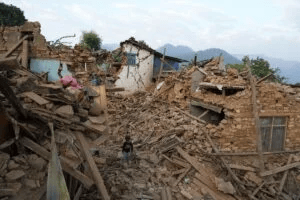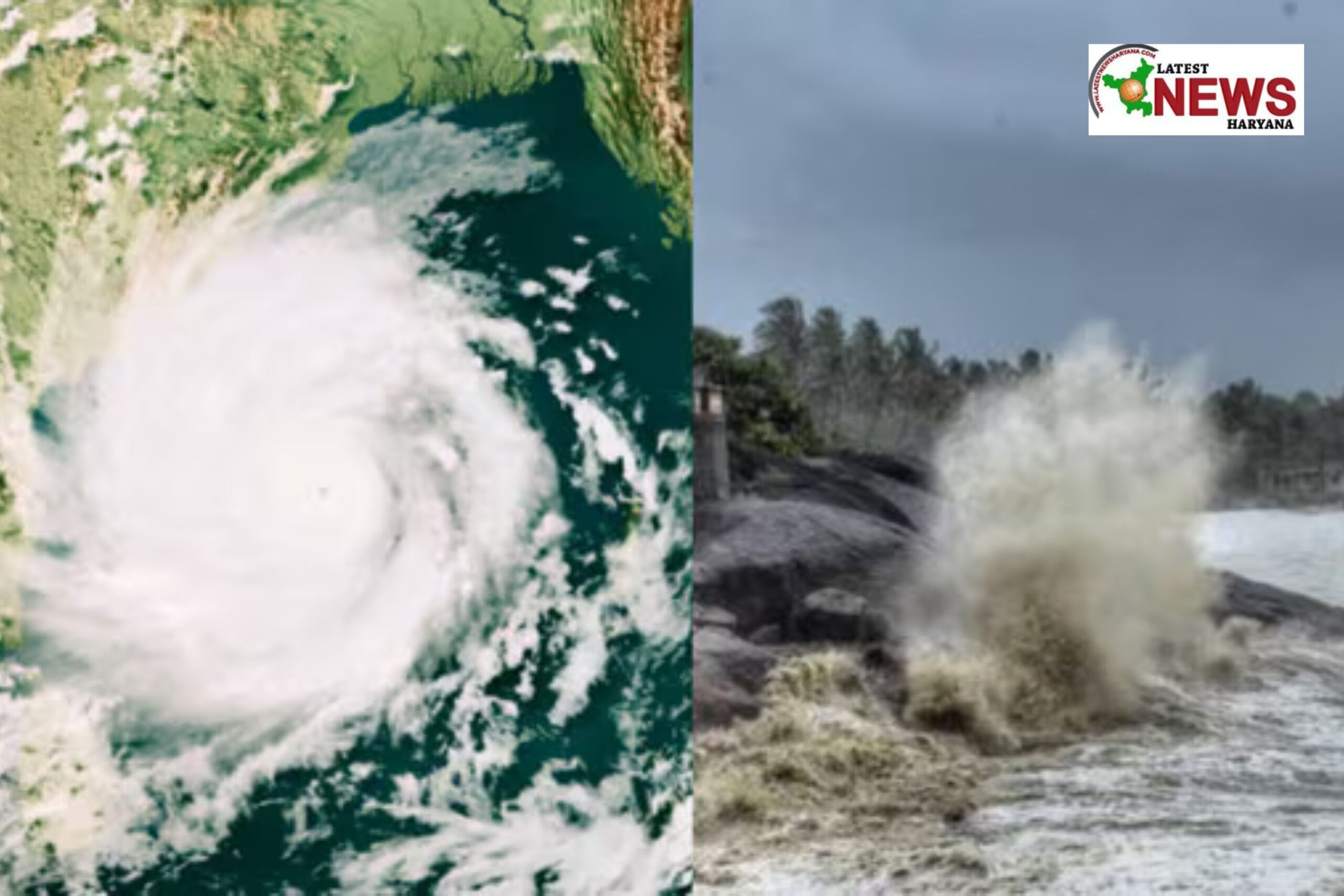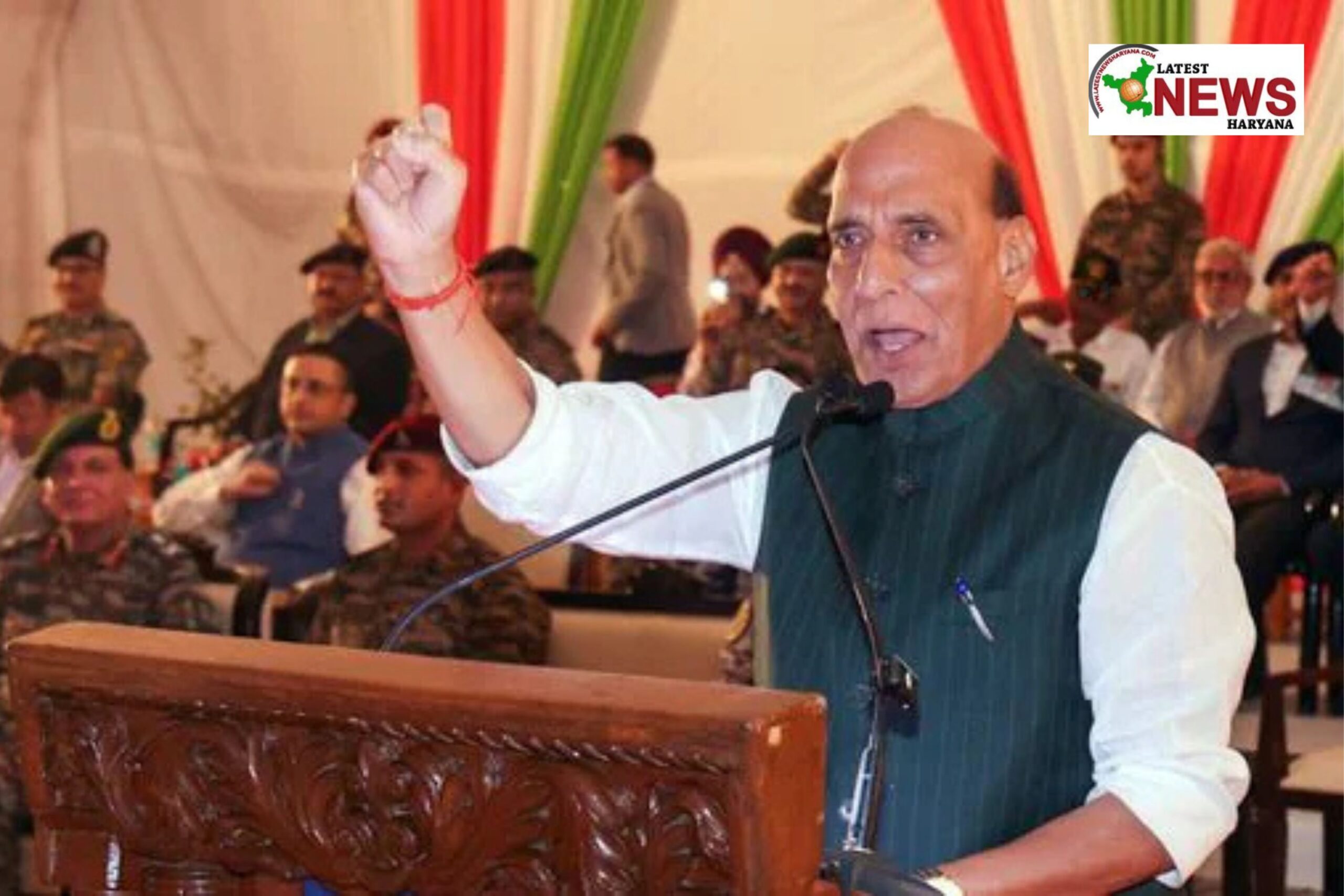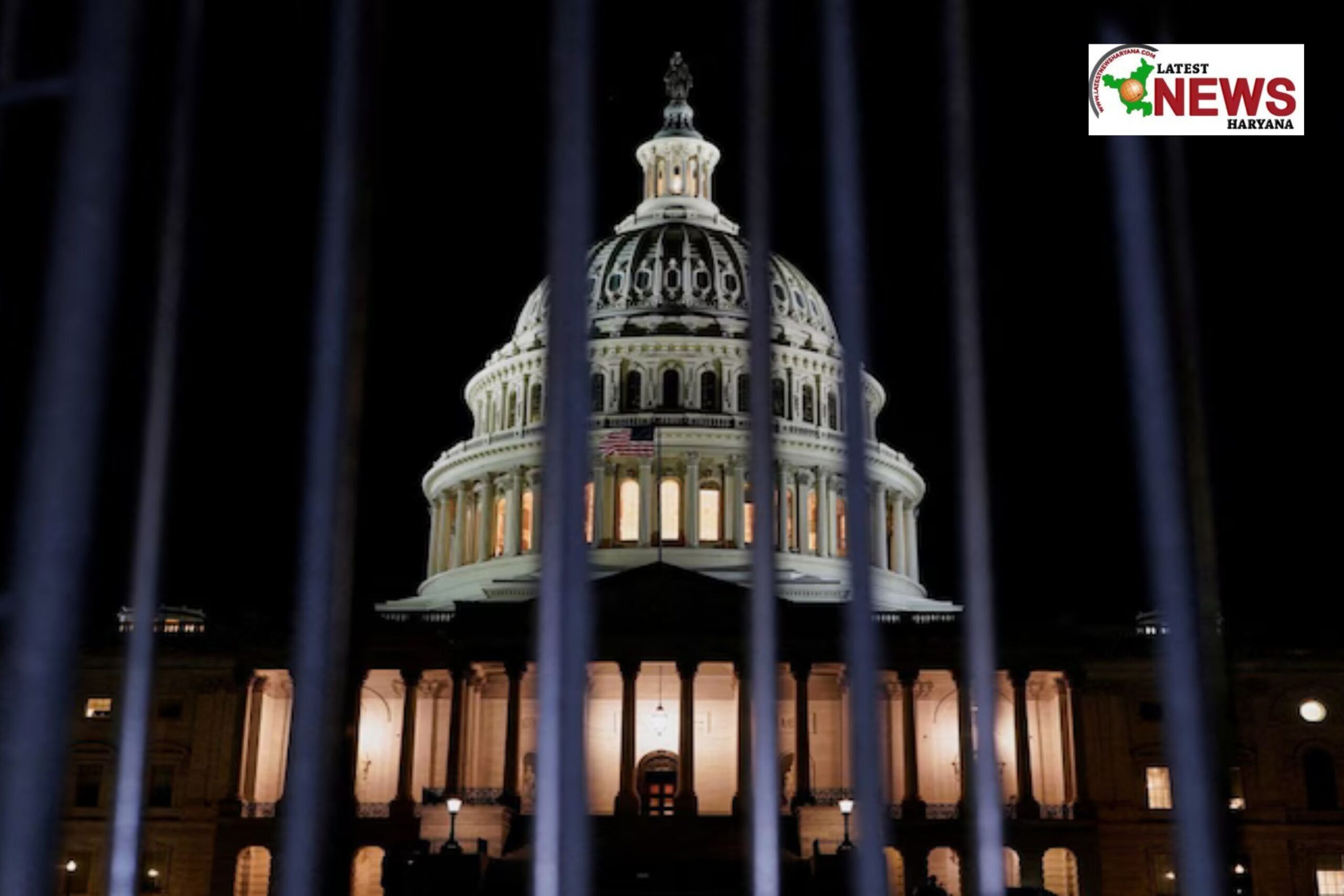In the early hours of January 7, 2025, the earth trembled violently, shaking the Himalayan region and neighboring areas to their core. A devastating earthquake, measuring 7.1 on the Richter scale, struck near the Tibet-Nepal border, sending shockwaves across Nepal and the northern Indian state of Bihar. The latest earthquake in Nepal and Bihar left behind destruction, despair, and an indomitable spirit of survival. The Bihar Nepal earthquake has left a lasting impact on the region, bringing communities together in the face of unimaginable challenges.
A Night to Remember: The Latest Earthquake in Nepal and Bihar Strikes
As most people slept, a sudden and violent tremor jolted them awake. The quake’s epicenter lay in Tibet, near the Nepalese border, a region known for its susceptibility to seismic activity. The tremors were felt far and wide, including in Kathmandu, Patna, and other parts of Bihar.
For many, it was a harrowing ordeal. Walls cracked, roofs caved in, and panic ensued as families scrambled to safety. “It felt like the earth was splitting apart,” said one survivor from Kathmandu. “We ran out with nothing but the clothes on our backs.”
Counting the Losses
Preliminary reports revealed over 50 deaths in Tibet and dozens more across Nepal, with the toll expected to rise as rescue operations continue. Bihar experienced extensive structural damage, though fatalities remained limited thanks to swift evacuations.
In Nepal, entire villages were flattened, and iconic heritage sites in Kathmandu sustained significant damage. Rescue teams are still sifting through the rubble, hoping to find survivors.
A History of Seismic Vulnerability
The Himalayan region sits atop a complex network of tectonic plates, making it one of the most earthquake-prone areas in the world. The January 7 earthquake is a grim addition to a list that includes the catastrophic 2015 Gorkha earthquake and the 1934 Bihar-Nepal earthquake, both of which caused widespread devastation.
Experts warn that the frequency of such events highlights the urgent need for better preparedness and infrastructure resilience in the region.
Immediate Response: Heroes in Action
The response to the disaster was swift. Rescue teams in Nepal and Bihar worked tirelessly to pull survivors from the debris. Temporary shelters were established, and medical camps were set up to treat the injured.
In Bihar, local authorities and the National Disaster Response Force (NDRF) coordinated evacuation efforts, ensuring the safety of residents in the worst-affected areas.
In Nepal, helicopters airlifted supplies to remote villages, and international aid organizations stepped in with essential resources.
Aftershocks and Lingering Fear
Adding to the trauma were the aftershocks, some of which were strong enough to further damage already weakened structures. Residents of Kathmandu, Patna, and other affected areas spent the night outdoors, too frightened to return to their homes.
Seismologists have urged caution, warning that aftershocks could continue for days or weeks. People have been advised to avoid damaged buildings and remain vigilant.

Stories of Courage and Solidarity
Amid the chaos, inspiring stories of human resilience have emerged:
The Kathmandu Miracle:
In Nepal’s capital, a baby was rescued alive after being trapped under debris for over 10 hours, bringing hope to rescuers and onlookers alike.
Community Kitchens in Bihar:
Local residents in Patna set up community kitchens to feed those displaced by the earthquake, showcasing the power of unity during adversity.
Volunteers Unite:
In both Nepal and Bihar, volunteers formed human chains to clear debris and rescue survivors, risking their own lives in the process.
A Global Call for Help
The international community has rallied to support the affected regions following the latest earthquake in Nepal and Bihar. Aid has poured in from neighboring countries, as well as global organizations like the United Nations and the Red Cross. Financial assistance, medical supplies, and rescue equipment are being mobilized to aid recovery efforts. Social media has played a crucial role, with hashtags like #NepalEarthquake and #BiharTremors trending worldwide. Online campaigns are raising funds and spreading awareness about the disaster.
Lessons for the Future
This earthquake is a stark reminder of the region’s vulnerability and the urgent need for proactive measures. Key priorities include:
Enforcing Building Codes:
Implementing and adhering to strict earthquake-resistant construction standards.
Enhancing Early Warning Systems:
Investing in technology that can provide critical seconds of warning before a quake strikes.
Community Training:
Educating residents on earthquake safety and preparedness through regular drills and awareness programs.
Cross-Border Collaboration:
Strengthening partnerships between neighboring countries to improve disaster management strategies.
Resilience Amid Ruin
As Nepal and Bihar begin the long road to recovery after the latest earthquake in Nepal and Bihar, the resilience of their people stands as a testament to the human spirit. While the earthquake may have shaken the ground beneath their feet, it has also revealed the strength within their hearts. In the coming months, as homes are rebuilt and lives are restored, the lessons learned from this tragedy will serve as a foundation for a safer, more prepared future.


















